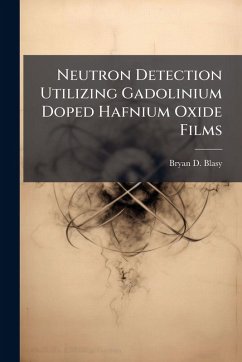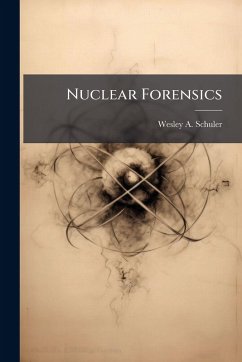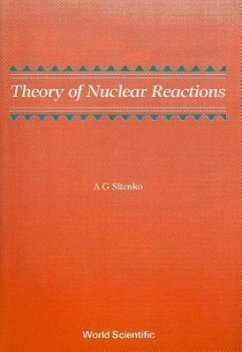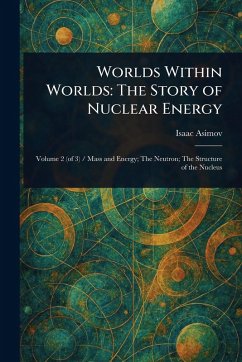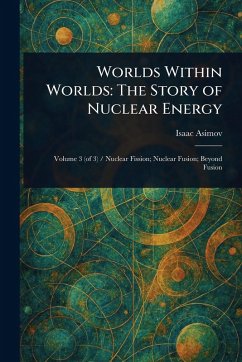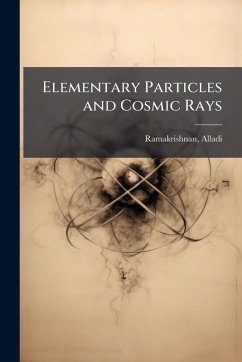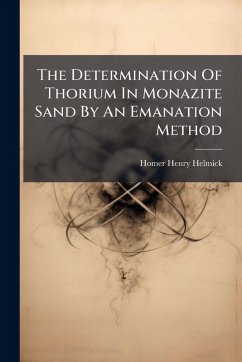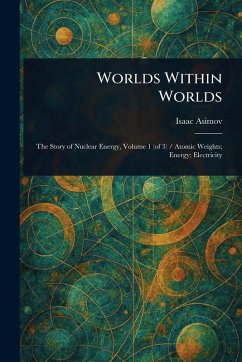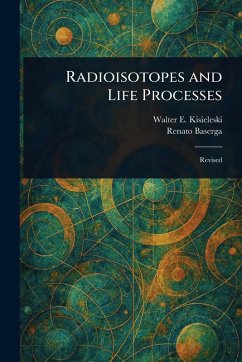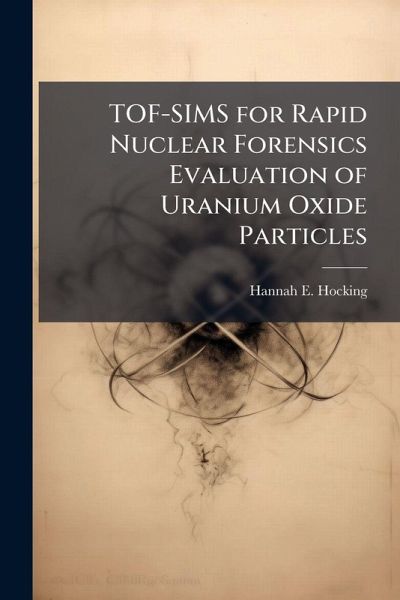
TOF-SIMS for Rapid Nuclear Forensics Evaluation of Uranium Oxide Particles
Versandkostenfrei!
Versandfertig in über 4 Wochen
20,99 €
inkl. MwSt.
Weitere Ausgaben:

PAYBACK Punkte
10 °P sammeln!
Because of nuclear proliferation concerns, nuclear material must be safeguarded, and peaceful intentions verified. The field of nuclear forensics addresses these concerns. While established nuclear forensic techniques exist, quicker, more accurate and less expensive methods are of interest for nonproliferation applications. Currently a host of different analytical techniques, requiring a week or longer, are employed to obtain isotopic ratios, chemical abundances and morphology for forensic particulate samples. Time-of-Flight Secondary Ion Mass Spectrometry (TOF-SIMS) is a candidate technology ...
Because of nuclear proliferation concerns, nuclear material must be safeguarded, and peaceful intentions verified. The field of nuclear forensics addresses these concerns. While established nuclear forensic techniques exist, quicker, more accurate and less expensive methods are of interest for nonproliferation applications. Currently a host of different analytical techniques, requiring a week or longer, are employed to obtain isotopic ratios, chemical abundances and morphology for forensic particulate samples. Time-of-Flight Secondary Ion Mass Spectrometry (TOF-SIMS) is a candidate technology for rapid evaluation of these properties for small amounts of nuclear materials. After a thorough investigation, this study found TOF-SIMS to be particularly useful to the nuclear forensic field as a triage technique, capable of quickly identifying and roughly assessing uranium containing materials for these properties. Uranium isotopic abundances can be determined to an accuracy of 1 percent. Uranium oxide particles are clearly distinguished from one another. TOF-SIMS imaging easily and quickly reveals the basic shape and composition of particles. Additionally the relative abundances of various secondary ions produced with TOF-SIMS may uncover new information on fundamental uranium oxide structures and properties. This work has been selected by scholars as being culturally important, and is part of the knowledge base of civilization as we know it. This work was reproduced from the original artifact, and remains as true to the original work as possible. Therefore, you will see the original copyright references, library stamps (as most of these works have been housed in our most important libraries around the world), and other notations in the work. This work is in the public domain in the United States of America, and possibly other nations. Within the United States, you may freely copy and distribute this work, as no entity (individual or corporate) has a copyright on the body of the work. As a reproduction of a historical artifact, this work may contain missing or blurred pages, poor pictures, errant marks, etc. Scholars believe, and we concur, that this work is important enough to be preserved, reproduced, and made generally available to the public. We appreciate your support of the preservation process, and thank you for being an important part of keeping this knowledge alive and relevant.



